When you start shopping for a new pair of runners, it’s not uncommon to ask, “Are training shoes good for running?”
Although they might seem like the same type of footwear on the outside, runners and trainers are two very different things.
In this guide, we will explore what running and training shoes are as well as what makes them stand out over the others.
What Are Training Shoes Good For?
Training shoes are typically the footwear you would bring to the gym with you.
They are designed for numerous types of workouts, whether it be extremely short-distance running or weight lifting.
However, they are not really for any extended runs or even your average jog.
When wearing training shoes, your feet will be prepared to make sudden movements or changes in direction.
These could include breaking, jumping, cutting, or stopping, making them great for most gym purposes.
The shoes themselves are designed differently from running shoes, making them easy to tell apart when worn.
A few of the top activities you’d usually wear trainers for include:
- Strength Training
Trainers are essential for lifting weights because they give your feet additional support and stability.
You’ll also find the shoe design features more forefoot space, which is great for lifting heavier weights with each set.
- High-Intensity Workouts
Are you new to HIIT and looking for a good set of sneakers?
Trainers are your best bet, as they feature exceptional cushioning for high-impact exercises.
- Agility Training
As mentioned, training shoes are designed to work with your feet to do a variety of movements.
They are fantastic for agility workouts, which may include multi-directional and plyometric movements.
- Short Distance Running
No one is saying you cannot wear trainers for runs, but we don’t recommend doing it.
If you have to wear training shoes instead of running shoes, try to keep your running within one to two kilometers at the most.
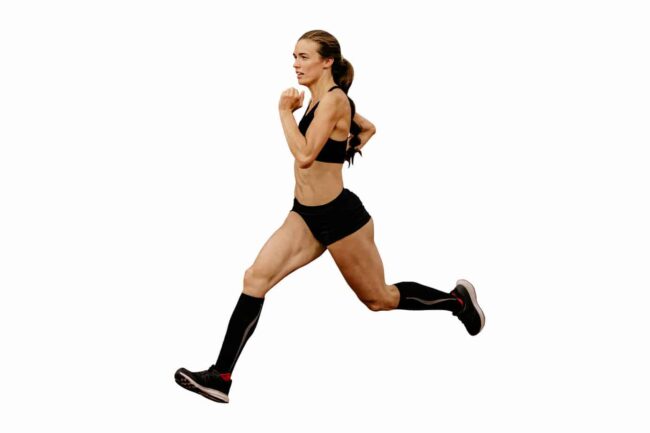
Can You Wear Training Shoes for Running?
In general, it’s not the best idea to wear training shoes if you want to go out on a run.
The shoes are often designed to be more cumbersome, with heavier features to withstand high-intensity workouts.
As such, your feet will be lifting much heavier weights, which can lead to fatigue and potential injury.
It’s also important to note that training shoes don’t have as much cushioning for repetitive shock absorption.
Over time, you may damage your feet by not wearing the appropriate footwear for your workouts.
What Are Running Shoes Good For?
As their name suggests, running shoes are designed primarily for running.
They help protect your feet against the harsh impact of the ground with each stride while also accommodating your feet’s unique contours.
Some pairs are designed for outdoor trails, while others are better suited for indoor gym equipment, such as treadmills.
That said, all running shoes have one key thing in common—longevity.
When you invest in a high-quality pair of runners, you will have shoes designed to withstand a lot of wear and tear.
Their outsoles will feature specialized lugs for grip, while the uppers boast high-quality materials for stability and breathability.
Running shoes are also remarkable for exercises where you tend to move your feet forward instead of side-to-side.
You might find they have enhanced cushioning through the midfoot, as well as an added support in the toe box.
Your heel might also have added padding, helping promote healthier and more natural strides as you run.
A couple of activities you’d want to use running shoes for include:
- Running
Undoubtedly, the main activity your runners will be reserved for is running mid to long distances.
The basic design of the shoes provides constant support and cushioning for road running and running on other surfaces.
Also, since they are designed for forward movements, they are the perfect option.
- Walking
If you are more of a walker than a runner, running shoes can also be comfortable for you.
Their unique designs are meant for all-day comfort and help keep your feet stable and secure.
You will also find that running shoes are very lightweight, making them less cumbersome for your daily walks.
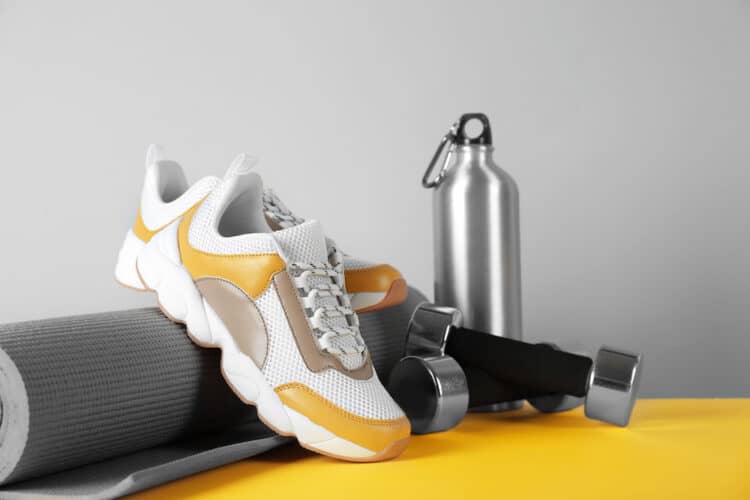
Can You Wear Running Shoes for Training?
Just like wearing training shoes for running, we don’t recommend running shoes for gym training.
There are a few reasons why it could be more dangerous to wear running shoes for high-impact exercises.
Not only do you not have the support needed for HIIT or lifting weights, but your feet don’t have lateral movement support.
Remember, running shoes are designed for feet to move forward and backward, while your training exercises could require you to do a ton of side-to-side movements.
Without the proper support, you could find yourself doing irreparable damage to your muscles and tendons.
How Do Training and Running Shoes Differ?
With a general idea that it’s best to stick to the recommended footwear for your activity, let’s dive deeper into runners and trainers.
What is it about both pairs of shoes that make them better for some activities than others?
Cushioning
When it comes to cushioning, training shoes tend to be less generous but don’t lack cushioning in their entirety.
Instead, these shoes tend to have just enough padding to support your feet for shorter workouts.
The cushion isn’t as form-fitting in the arches and is better for dealing with high-intensity workouts like weight lifting.
On the other hand, running shoes feature an optimal level of cushioning for longer workouts.
Since you’ll be running over a long distance, your feet will need padding to continually absorb the shock from each stride.
The padding in these shoes is unmatched, providing a buffer between your legs and the concrete or surface you’re running on.
Sole
Another noticeable difference between training and running shoes is in the sole.
With training shoes, the sole is primarily designed to keep your feet stable when planted.
You might notice the sole is wider, giving more space to your feet inside of the shoe compared to running shoes.
With running shoes, the sole is equally as crucial but is designed quite differently.
Remember, as you run, the bottoms of your shoe come in contact with the ground first.
With each repetitive movement, the material gets worn down, which is why running shoe soles are often thicker and of higher quality.
Obviously, the thicker the sole, the better the shock absorption and shoe durability.
Besides, thick soles allow for more traction, preventing your feet from slipping and sliding as you run.
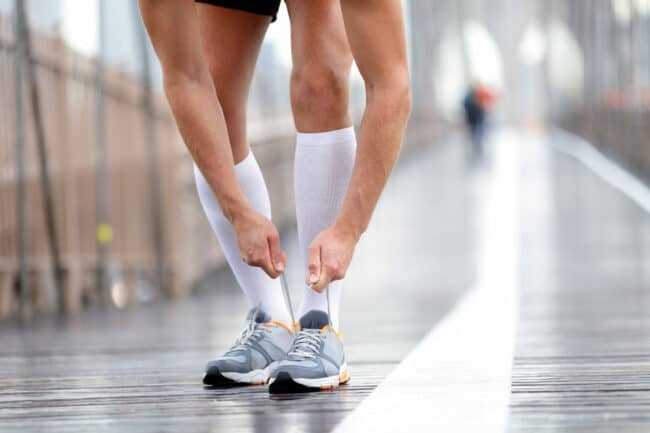
Weight
The final notable factor that makes it easy to tell between training and running shoes is their weight.
Training shoes are often heavier than running shoes because they are not designed to be lifted off the ground as often.
Instead, trainers add stability to your movements while promoting more flexibility.
Then again, training shoes aren’t like lugging around bricks of rubber on your feet; they can feel quite lightweight, as well.
Running shoes are the best type of footwear to seek if you’re looking for something lightweight to wear on your feet.
They’re specifically designed to feel like a second skin, so you aren’t lifting heavy footwear with each stride.
In other words, your feet move freely when wearing running shoes while also having plenty of protection from the ground.
This is why they are an outstanding choice for long-distance expeditions and walking.
Are Training Shoes Good for Running?
As with any other type of equipment for sports, always make sure you choose the right shoes for the activity.
If you’re wondering, “Are training shoes good for running?” ask yourself, would you wear bowling shoes for dancing?
Training shoes support different foot movements than running shoes and vice versa, so always choose the appropriate footwear for the activity.

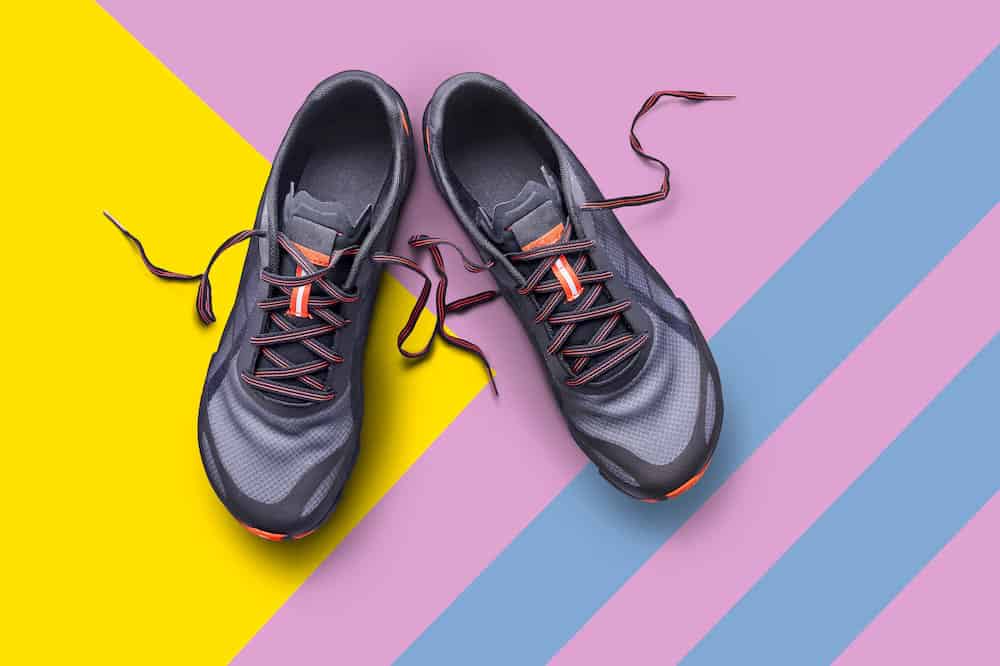
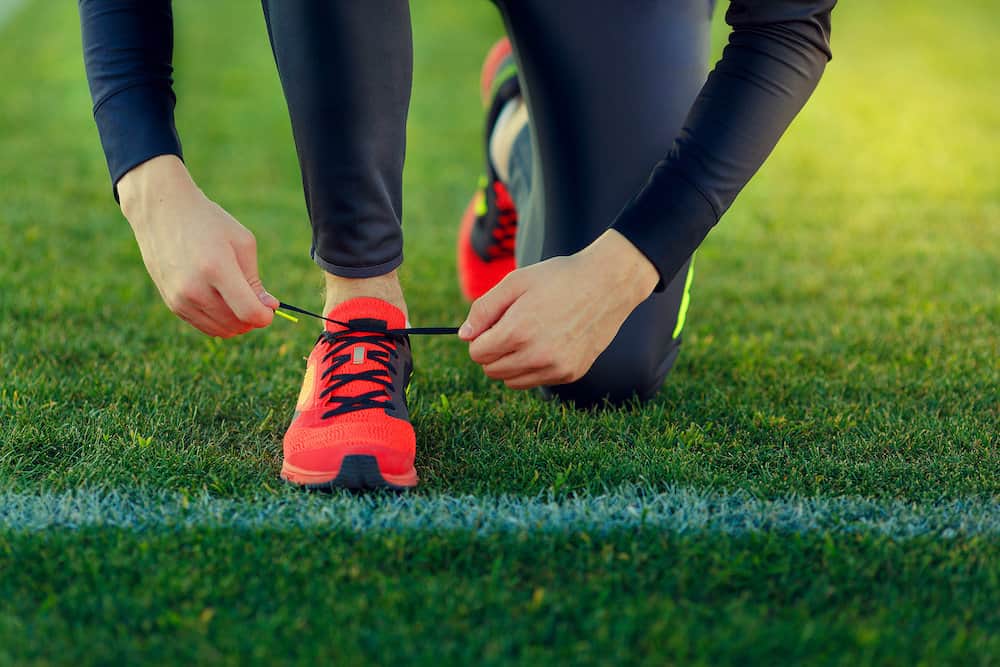
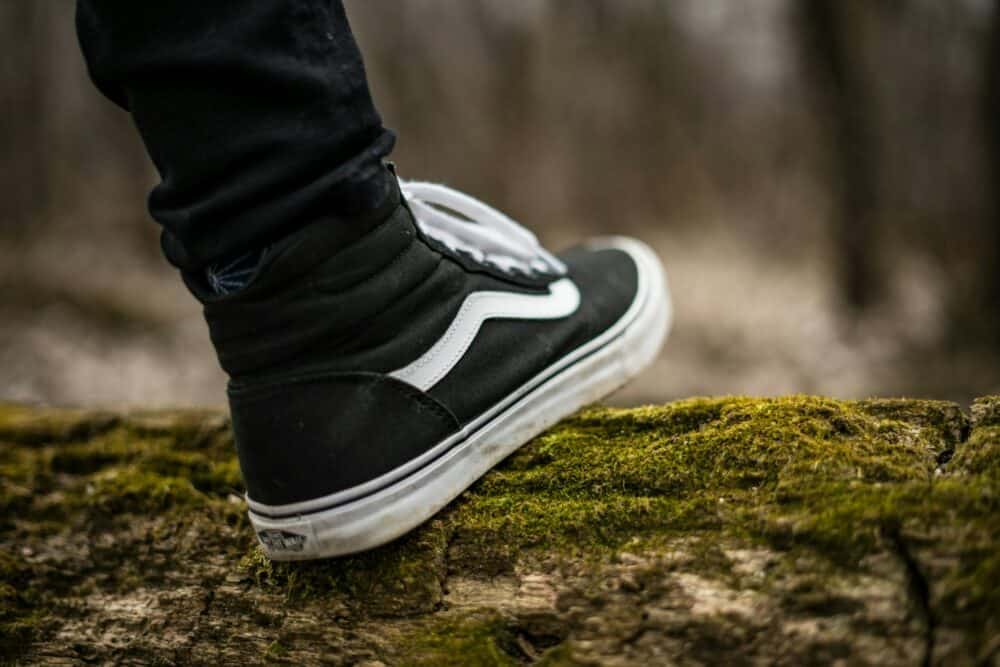
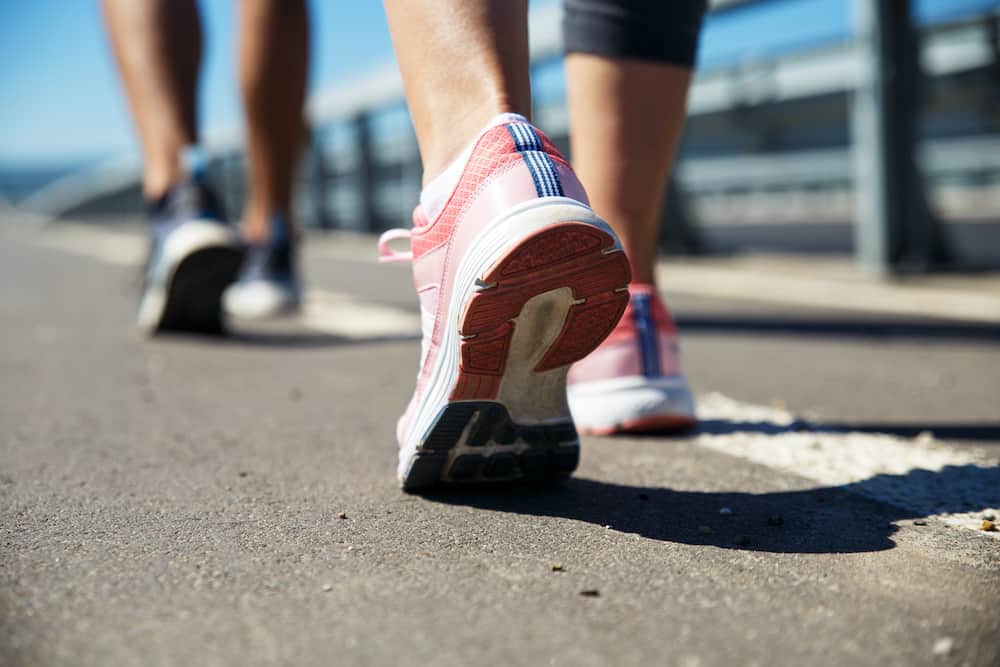
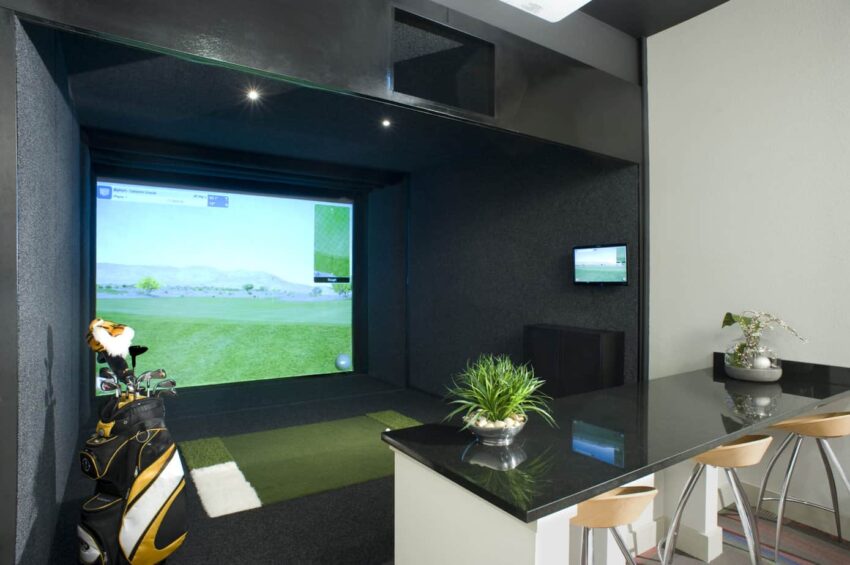
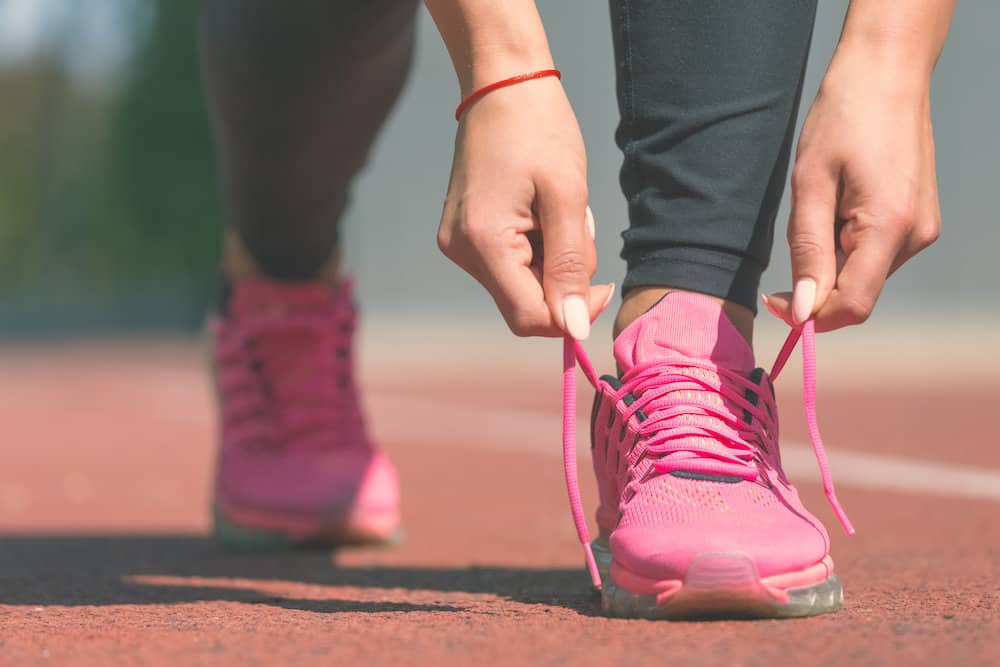







Amazing read, I really loved your content. I was just wondering how to tell the difference between running shoes and training shoes. Also, where is a good place to find each individual style of shoe and what brands would you recommend?
Thank you very kindly. This was a great, really in-depth article that provided context on a new side of things that will be of great value to me.
Sincerely,
Chris
Hi, Chris, and thank you.
Thank you for your kind words.
As we say in the article, it is best to see the difference when you compare the sole, cushion, and weight. Special the first two.
When you use the training shoes in the gym most people use them in the gym. You are focused on other things that are important in the running. They need to be stable and even more durable if you lift bigger weights to help you be solid.
But when you run, you want to be with good support from the sole and that it is not heavy to lift it and run. Of course, many other things, too, but this is an excellent example of the difference.
There are many outstanding brands—Brooks, Asics, Nike, New Balance, and Adidas, to name a few. For example, you can look at this article for some good ideas.
It is about running shoes which are suitable to use when you have pain in the back.
It is great to hear about the benefit of the article too!
Don’t hesitate to contact me to help you with anything else or if you have any questions.